Smooth and efficient customer interaction is essential for running a successful restaurant. Guests expect personalized service, convenient options, and timely responses at every stage of their dining experience.
Modern technology has changed how restaurants connect with customers, making interactions faster and more convenient. From digital engagement to automated responses, the right tools can enhance service quality and reduce operational strain.
Meeting customer expectations goes beyond great food—it requires seamless communication and efficient processes. Businesses that invest in the right solutions can create a hassle-free experience that keeps guests coming back.
5 Tools to Optimize Customer Interactions in Restaurants
Below, you’ll discover the best tools to streamline customer interaction and elevate your restaurant’s service.
Restaurant Management Software Solutions
A restaurant management system simplifies daily operations and improves efficiency. It helps track orders, manage payments, and coordinate staff, ensuring a smooth workflow.
To enhance restaurant operations, consider the following key features:
- Integrated ordering and payments: A Mobile Point of Sale (POS) system enhances order accuracy, speeds up transactions, reducing wait times and improving overall service flow. Servers can take orders digitally, minimizing communication errors between front-of-house and kitchen staff. Guests also benefit from convenient payment options, including contactless payments and digital receipts, making the checkout process seamless.
- Reservation and waitlist management: Online booking systems allow customers to reserve tables in advance, reducing walk-in congestion and ensuring a smoother dining experience. Automated waitlist notifications update guests on their table status in real time, preventing frustration and improving customer satisfaction. These tools also help restaurant staff manage seating efficiently, optimizing table turnover and maximizing peak-hour revenue.
- Staff scheduling and coordination: Employee management tools simplify shift scheduling by allowing managers to assign tasks, track work hours, and adjust schedules as needed. Automated scheduling features help prevent understaffing or overstaffing, ensuring optimal coverage during busy periods. With clear communication and real-time updates, employees can stay informed about shift changes, reducing scheduling conflicts and improving team coordination.
- Sales and performance analytics: Reporting tools provide insights into sales trends, customer preferences, and peak dining hours. Data-driven decisions improve profitability and operational efficiency.
A reliable restaurant management system reduces manual work and streamlines operations. Using Rezku POS and other restaurant management solutions automates essential tasks. They allow restaurant owners to focus on delivering excellent service and growing their business.
Digital Menu and Ordering Systems
A digital menu provides a modern way for customers to browse food options and place orders efficiently. It improves ordering accuracy, reduces wait times, and allows restaurants to update menu items easily.
To improve the ordering process, consider the following digital solutions:
- QR code menus: Customers can scan a QR code with their smartphones to access the menu, eliminating the need for printed menus. This allows for quick updates to daily specials, seasonal items, and pricing without reprinting costs.
- Self-service kiosks: These touchscreen stations let guests place orders directly, reducing reliance on staff and minimizing miscommunication. They also speed up service, especially in fast-casual and quick-service restaurants.
- Customization features: Digital menus allow customers to modify their meals by selecting ingredients, portion sizes, or dietary preferences. This ensures accurate orders while giving guests more control over their dining experience.
- Multilingual display options: Offering menus in multiple languages accommodates diverse customer groups, making ordering more accessible for international guests.
Integration with kitchen displays: Orders placed through digital menus can be sent directly to kitchen display systems, improving efficiency and ensuring timely food preparation.
Using digital menus and ordering systems helps restaurants improve service speed, enhance order accuracy, and create a more convenient dining experience.
Customer Relationship Management Tools
A CRM system helps restaurants track customer interactions, personalize service, and encourage repeat business. It enables businesses to understand guest preferences and create a more tailored dining experience.
To strengthen customer relationships, consider the following CRM features:
- Customer data tracking: A CRM system records visit history, meal preferences, and special occasions, making it easier to offer personalized recommendations and targeted promotions.
Loyalty programs: Rewarding guests with points, discounts, or exclusive perks encourages repeat visits. A well-structured program increases customer retention and boosts sales. - Targeted marketing campaigns: Using customer data, restaurants can send personalized offers and event invitations based on dining habits, ensuring promotions reach the right audience.
Guest feedback management: A CRM system can collect and analyze customer feedback, helping restaurants improve service quality and address concerns before they impact reviews.
Reservation and special request tracking: Storing guest preferences, such as dietary restrictions or favorite seating choices, allows restaurants to provide a more customized experience.
A well-implemented CRM system helps build long-term customer loyalty while improving service quality and marketing effectiveness.
Online Review and Social Media Management Tools
A strong online presence helps restaurants attract new customers and maintain a good reputation. Managing reviews and engaging on social media platforms ensures guests see positive interactions and feel confident about dining in.
To improve online visibility and customer engagement, consider the following tools:
- Review monitoring: Tracking and responding to reviews on platforms like Google and Yelp helps maintain a restaurant’s reputation. Addressing concerns professionally shows guests that their feedback matters.
- Social media engagement: Posting updates, responding to comments, and sharing behind-the-scenes content on platforms like Instagram and Facebook keeps customers engaged and encourages repeat visits.
- Influencer and blogger outreach: Collaborating with food bloggers or social media influencers can introduce the restaurant to a wider audience, increasing visibility and attracting new customers.
- Automated social media posting: Scheduling posts in advance ensures consistent content delivery, keeping the restaurant top of mind for potential guests.
Using the right tools and digital marketing strategies makes it easier to manage online interactions, build customer trust, and attract more diners.
Automated Customer Communication Tools
Timely communication keeps guests informed and improves their experience. Automating messages helps restaurants manage reservations, send promotions, and handle customer inquiries efficiently.
To enhance customer communication, consider the following tools:
- Chatbots and AI assistants: These tools respond to customer inquiries instantly, providing information about menu options, hours, and reservations. They reduce the need for staff to handle common questions, freeing up time for in-person service.
- Automated email and SMS marketing: Sending personalized updates about promotions, loyalty rewards, and events keeps customers engaged. These messages can be scheduled in advance to maintain consistent communication.
- Order and reservation confirmations: Automated messages confirm bookings and online orders, reducing misunderstandings and missed reservations. Guests receive instant updates, ensuring they know their request was received.
- Feedback requests: Automated follow-ups ask customers to share their experience, helping restaurants gather insights and improve service. A well-timed request increases the chances of receiving valuable feedback.
Automating communication saves time while ensuring guests receive timely updates and a smooth dining experience.
By prioritizing seamless communication and operational efficiency, your restaurant can elevate customer satisfaction and foster lasting loyalty. Implementing the right technology ensures a smooth dining experience, encouraging repeat visits and positive word-of-mouth that drives long-term success. Take action today!
More Tips to Grow Your Business
Revfine.com is the leading knowledge platform for the hospitality and travel industry. Professionals use our insights, strategies, and actionable tips to get inspired, optimize revenue, innovate processes, and improve customer experience.Explore expert advice on management, marketing, revenue management, operations, software, and technology in our dedicated Hotel, Hospitality, and Travel & Tourism categories.

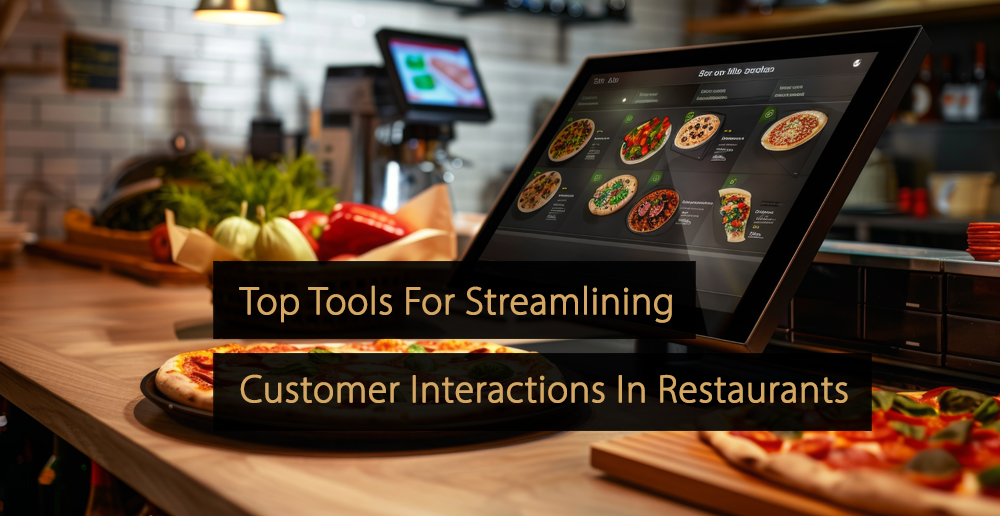
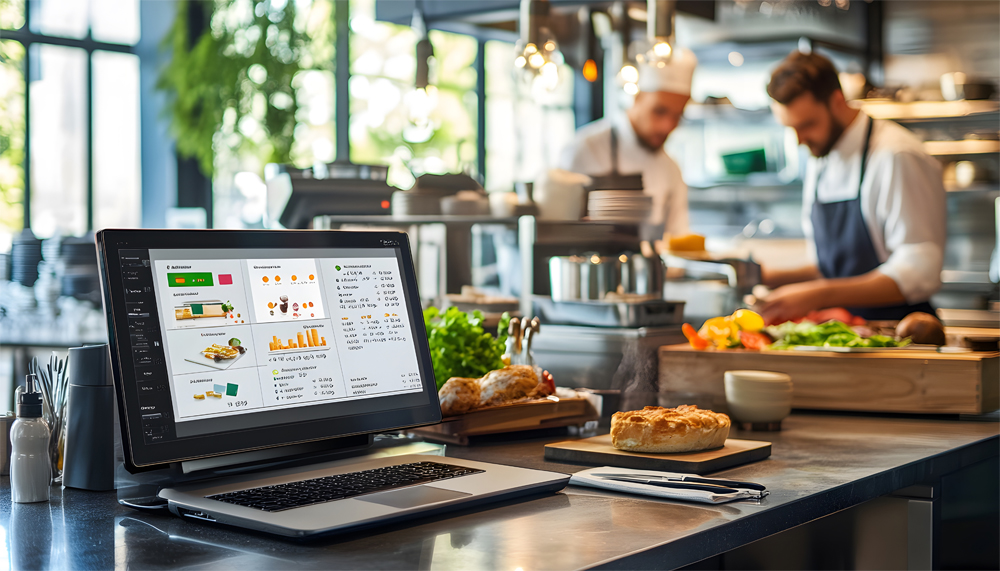

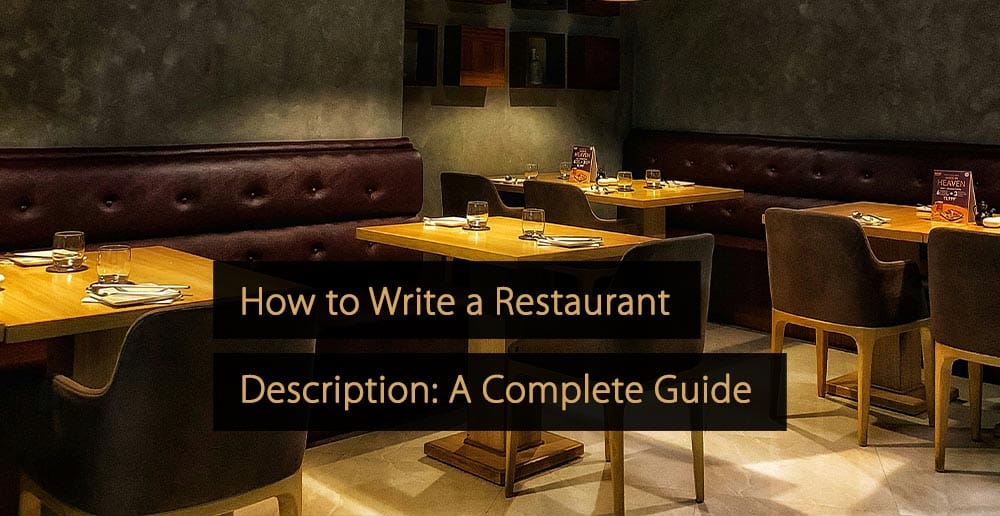
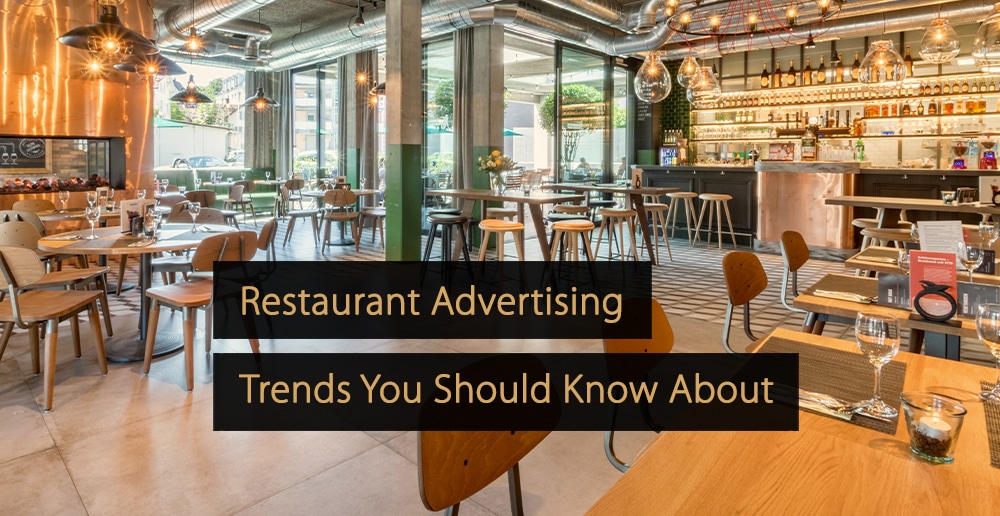
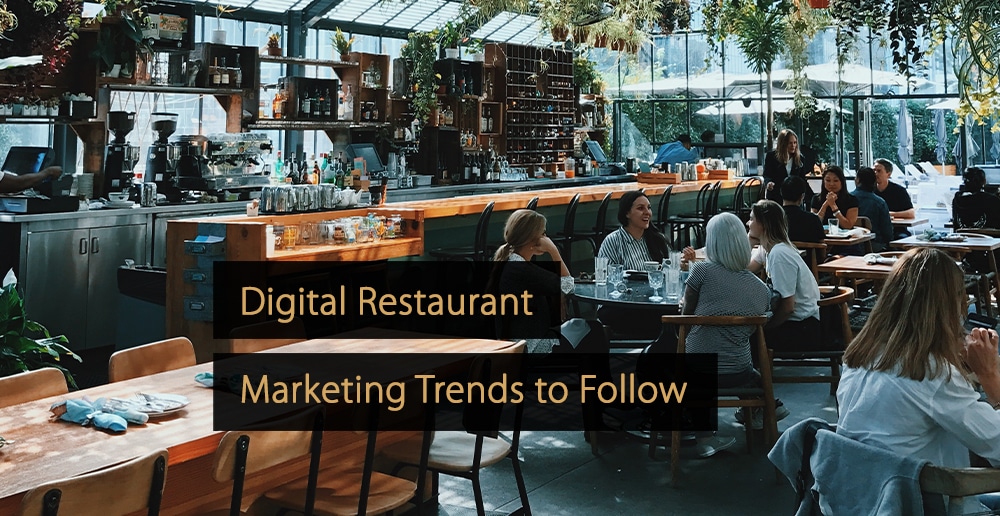
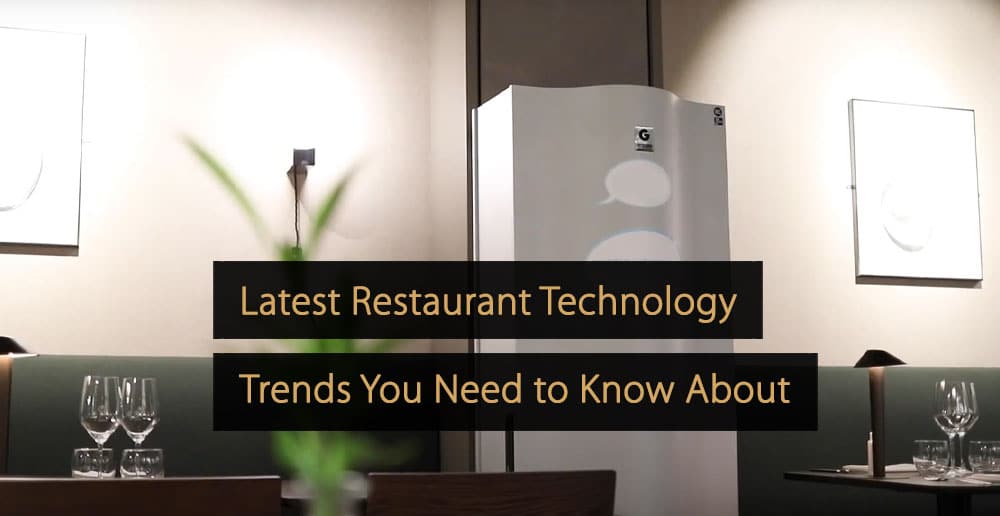
Leave A Comment